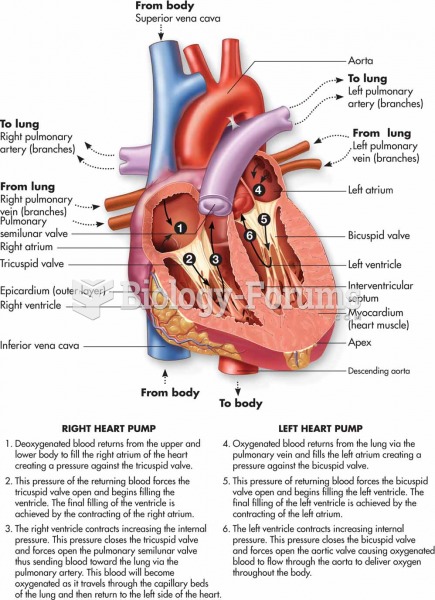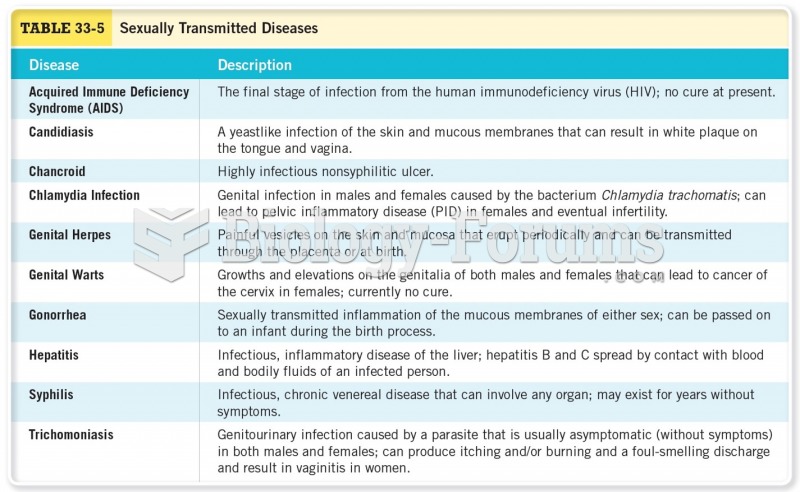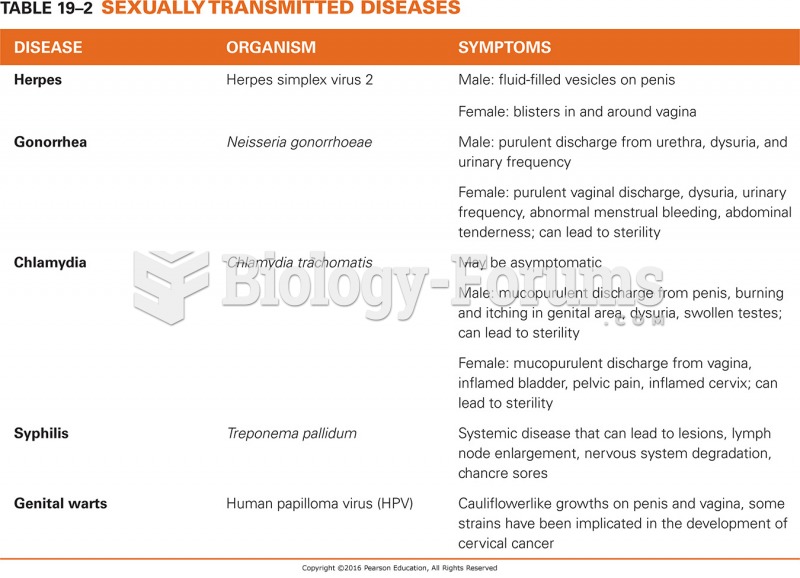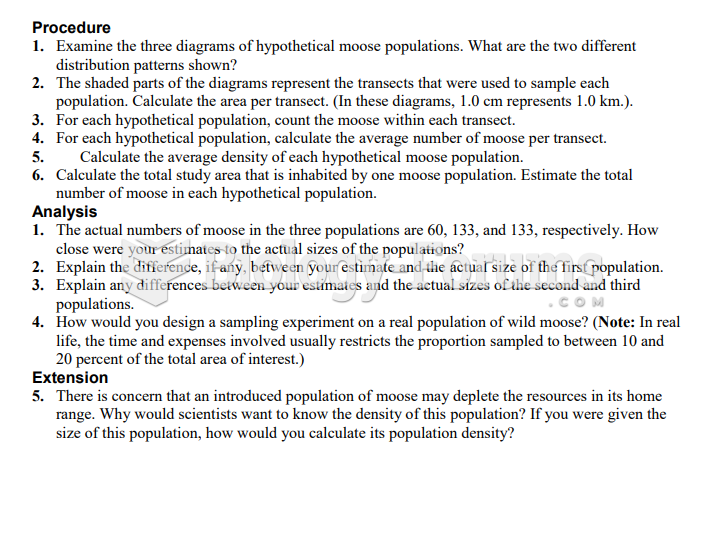|
|
|
Always store hazardous household chemicals in their original containers out of reach of children. These include bleach, paint, strippers and products containing turpentine, garden chemicals, oven cleaners, fondue fuels, nail polish, and nail polish remover.
To prove that stomach ulcers were caused by bacteria and not by stress, a researcher consumed an entire laboratory beaker full of bacterial culture. After this, he did indeed develop stomach ulcers, and won the Nobel Prize for his discovery.
According to the FDA, adverse drug events harmed or killed approximately 1,200,000 people in the United States in the year 2015.
After a vasectomy, it takes about 12 ejaculations to clear out sperm that were already beyond the blocked area.
Medication errors are three times higher among children and infants than with adults.







